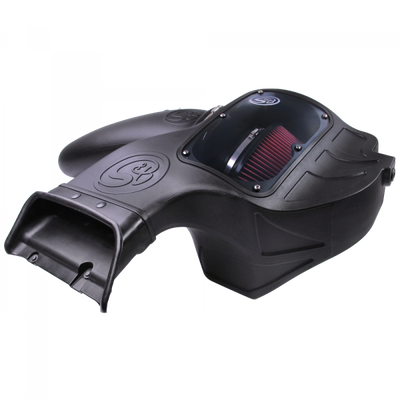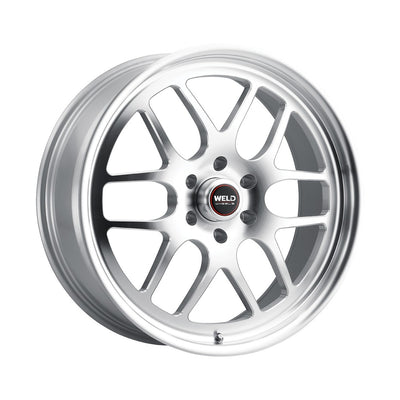Do I Need An Alignment After Lowering My Truck?
Lowering your truck can enhance its appearance, improve handling, and even increase fuel efficiency. However, it's essential to understand the impacts this modification can have on your vehicle's alignment. In this blog, we'll explore why an alignment is crucial after lowering your truck and what benefits it brings.

Understanding Vehicle Alignment
Vehicle alignment refers to the adjustment of your truck's suspension components, ensuring the wheels are set to the manufacturer's specifications. Proper alignment involves adjusting three primary angles: camber, caster, and toe. These angles affect how your truck handles, how your tires wear, and overall driving safety.
Effects of Lowering on Alignment
When you lower your truck, you alter the factory suspension geometry. This modification changes the angles of your wheels, potentially leading to misalignment. The lower stance can cause the camber to become negative, where the top of the tires tilt inward. This misalignment can result in uneven tire wear, reduced handling capabilities, and even affect your truck's safety.
Signs You Need an Alignment
After lowering your truck, there are several signs that indicate an alignment is necessary:
- Uneven Tire Wear: If you notice that the inside or outside edges of your tires are wearing faster than the rest, it’s a clear sign of misalignment.
- Steering Issues: If your truck pulls to one side or the steering wheel is off-center when driving straight, you likely need an alignment.
- Handling Problems: Difficulty in maintaining a straight line or increased steering effort can indicate alignment issues.
Benefits of Getting an Alignment
Proper alignment after lowering your truck offers several benefits:
- Improved Handling: Correct alignment ensures that your truck handles as intended, providing a smooth and controlled driving experience.
- Extended Tire Life: Aligning your wheels prevents uneven tire wear, saving you money on frequent tire replacements.
- Enhanced Safety: Proper alignment ensures that your truck’s wheels have optimal contact with the road, improving braking performance and overall safety.
Steps to Get an Alignment
Getting an alignment involves several steps to ensure your truck’s suspension is correctly adjusted:
- Inspection: A professional mechanic will inspect your suspension components for wear and damage.
- Measurement: Using alignment equipment, the mechanic will measure the current angles of your wheels.
- Adjustment: The mechanic will adjust the camber, caster, and toe angles to match the manufacturer’s specifications.
- Final Check: After adjustments, a final inspection ensures all angles are correct, and the truck is ready for optimal performance.
DIY Alignment vs. Professional Service
While some car enthusiasts might attempt a DIY alignment, it's generally recommended to seek professional services. Professional mechanics have the tools and expertise to ensure precise adjustments. A professional alignment service can identify any underlying issues with your suspension components that might go unnoticed in a DIY setup.
How Often Should You Get an Alignment?
It’s advisable to check your alignment regularly, especially after modifications like lowering your truck. Regular alignments help maintain your truck’s performance and prevent long-term damage. Most experts recommend getting an alignment every 10,000 to 12,000 miles or whenever you notice signs of misalignment.
Conclusion
Lowering your truck can provide numerous benefits, but it also necessitates an alignment to ensure optimal performance and safety. Proper alignment after lowering prevents uneven tire wear, enhances handling, and ensures your truck's wheels maintain the correct contact with the road. For high-quality lowering kits and expert advice on truck modifications, visit Deviate Dezigns. Shop with us today to enhance your truck’s performance and style with confidence.











Leave a comment